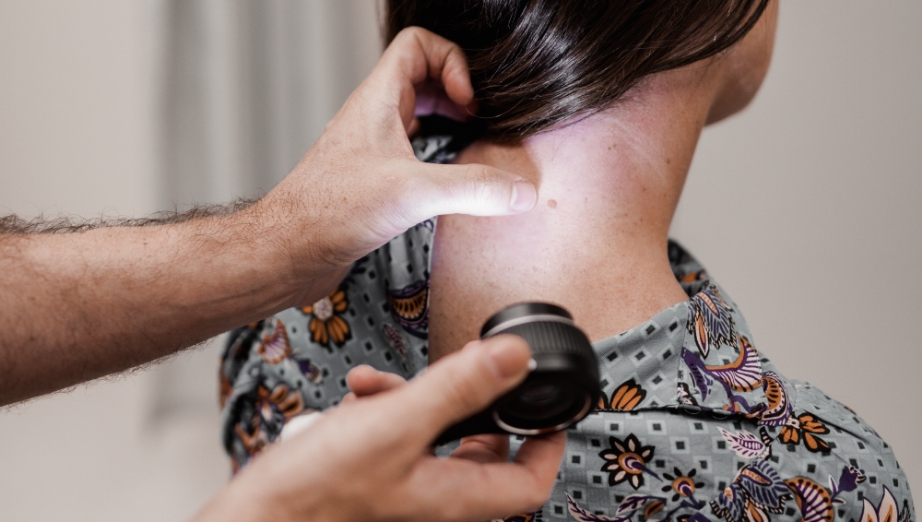What is a mole?
A mole is a common term for various skin spots, sometimes referred to as beauty marks. They can range in colour and may be flat or raised. Factors such as sun exposure and pregnancy can sometimes cause moles to appear darker. While they can occur anywhere on the body, their prevalence is often related to genetics and sun exposure.
Regular moles are typically benign and symmetrical. In contrast, atypical moles may be asymmetrical with varied colours and often appear on sun-exposed skin. It is advisable to be aware of the number and nature of moles on your skin.
People often seek consultations for mole removal for various reasons. A mole may be in a location where it rubs on clothing, or an individual may have cosmetic concerns about its appearance. In these cases, individuals may wish to explore their options in a consultation, where different techniques and potential outcomes can be discussed.
It’s important to monitor moles for any changes. If a doctor assesses a mole and believes it requires further investigation, it may be removed via biopsy for testing. At Shellharbour Skin, we conduct skin checks and biopsies. For more information, please visit our Skin Checks and Skin Cancer pages.
Why Have a Professional Mole Consultation?
A professional consultation is the essential first step to understanding your options. The purpose of this appointment is to:
- Receive a Professional Assessment — A doctor can assess your mole, discuss its characteristics, and provide a professional opinion, which is vital for making an informed decision about any next steps.
- Discuss Your Concerns — The consultation provides a confidential environment to discuss any concerns you may have, whether they are related to the mole’s physical sensation, its location, or its appearance.
- Understand Your Options — Based on a thorough assessment, the doctor can explain the different procedural options, what each involves, and which might be suitable for your specific circumstances.
- Make an Informed Choice — By understanding the process, recovery, and potential risks, you are empowered to make a choice that you are comfortable and confident with.

Mole Removal Consultation at Shellharbour Skin
During your consultation at our clinic, the doctor will check any moles or skin lesions of concern. For individuals interested in a consultation for cosmetic reasons, the process involves a discussion of your medical history, including any family history of skin cancer.
Our doctors will then assess the mole and the surrounding skin. Based on this assessment, a management plan will be proposed that is appropriate for you. The suitability of different removal techniques can depend on the size, type, and location of the mole. The consultation is your opportunity to ask questions and receive clear information on what to expect before, during, and after any potential procedure.
What to Expect
There are various procedural options that can be discussed for mole removal, each with its own considerations, potential side effects, and risks. The suitability of a technique varies for every patient and will be determined during your consultation.
Procedural Options for Mole Removal
The following options may be discussed during your consultation:
- Excision: This method involves cutting out the entire mole and some surrounding tissue, typically after applying a local anaesthetic. Stitches are usually required to close the wound. Scarring is a potential outcome of this procedure, and its final appearance can vary between individuals.
- Punch Biopsy: This technique is often discussed for very small moles. After a local anaesthetic is applied, a specialised tool is used to remove a small, round section of skin. Stitches may not be required depending on the size of the area.
- Shaving: For some raised moles, a shaving technique may be considered. This method aims to remove the top layer of the mole that sits above the skin’s surface, performed under local anaesthetic. Stitches are generally not needed.
- Radiofrequency: This technique uses high-frequency radio wavelengths to cut or shave off raised, benign moles. The potential for bleeding and scarring will be discussed during your consultation.
- Cryotherapy: This technique uses extremely cold liquid nitrogen to freeze the mole. The cells within the mole are destroyed, and the area typically scabs and heals over the following weeks.
Recovery & Aftercare
Recovery and aftercare are important considerations following any procedure. The specific requirements will vary for every patient based on the location of the mole and the technique used. Generally, the area will be dressed, and you will be given instructions on how to care for it.
If sutures are used, you will be advised when to have them removed and to avoid any physical activities that could disrupt the healing process, such as swimming. The use of scar gel may be discussed as part of your aftercare plan.
A robust sun care plan is important for overall skin health and to protect the treated area. Simple steps like wearing a hat, using a daily sunscreen of SPF 30 or higher, and wearing UV-protective sunglasses are effective methods to protect your skin.
Risks & Complications
It is crucial to be aware of the risks and complications associated with any procedure. Specific side effects are associated with each removal method, and these will be explained to you in detail during your consultation based on your proposed plan. General risks can include:
- Redness
- Infection
- Skin discolouration
- Soreness
- Minor scarring
If you have a question, get in touch and one of our staff will be in touch shortly.




